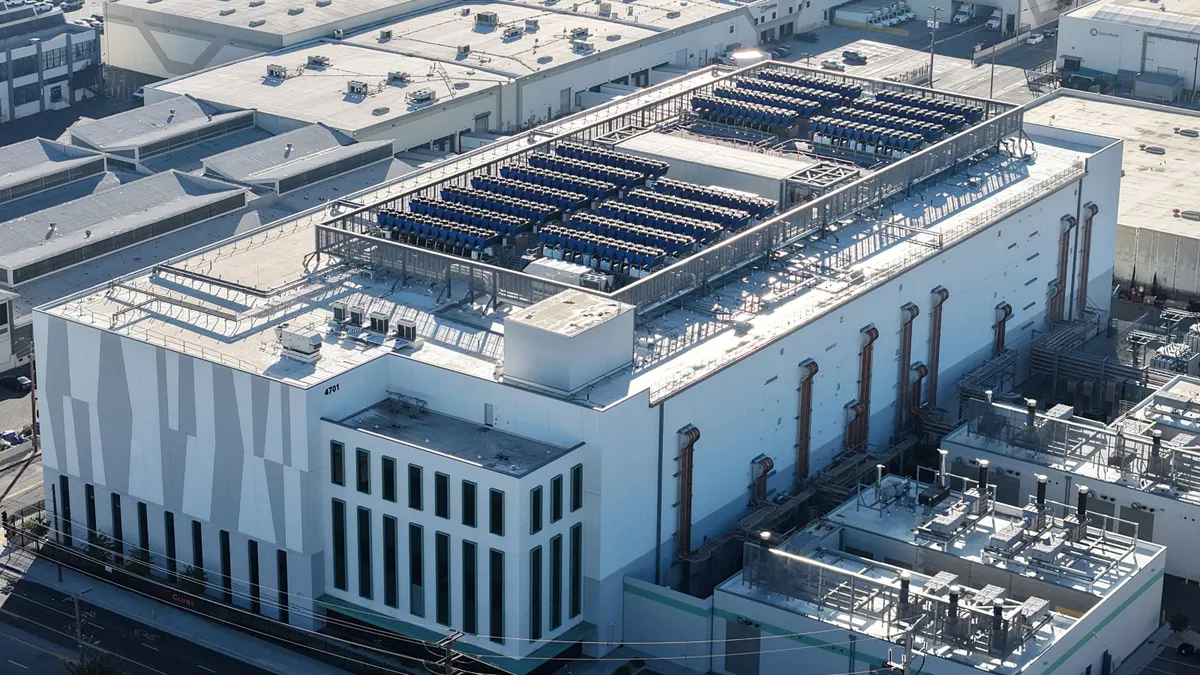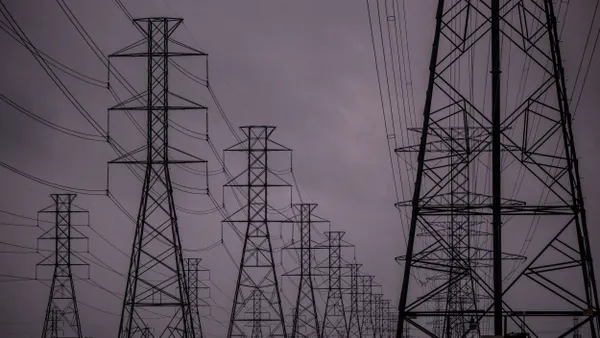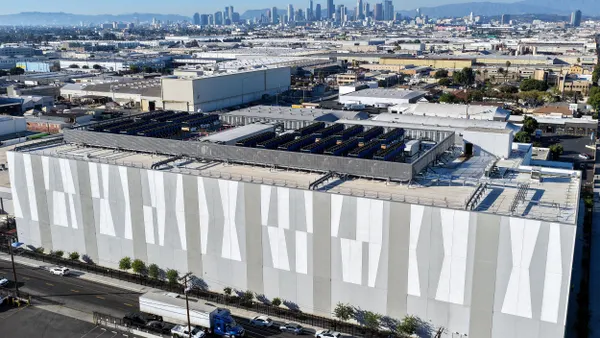Dive Brief:
- The state of Michigan could leverage $105 million in public funds to attract $3 billion in private investment, according to the Union of Concerned Scientists, by utilizing the "green bank" model to bolster the clean energy economy.
- Green banks are a growing concept where state-funded financial institutions utilize public funds and a range of financial tools to attract investments in clean energy projects.
- In addition to billions in investment, a Michigan green bank could also support development of almost 700 MW of solar power and reduce emissions by almost 4 million tons annually, UCS said.
Dive Insight:
While new federal environmental regulations have been put on hold, the UCS said in its report on Michigan's clean energy economy that there is much the state can be doing now to help reduce emissions and boost jobs in a burgeoning sector.
Gomberg also said that creating a green bank in Michigan would enable the state to direct investments where they are needed most, potentially helping coal communities and supporting coal workers transitioning to new jobs.
“Michigan has a long history of using public initiatives to attract private capital, so creating a green bank to do just that isn’t a stretch,” said Gomberg. “With a relatively small state investment, Michigan can attract significant private capital."
UCS issued a report on green banks last year, examining programs in Connecticut, New York, Pennsylvania, Kentucky, Iowa, and Massachusetts. The concept, the group says, could help financiers overcome reticence to invest in clean energy, because of their “limited understanding of the technology and their concerns about performance risk."














